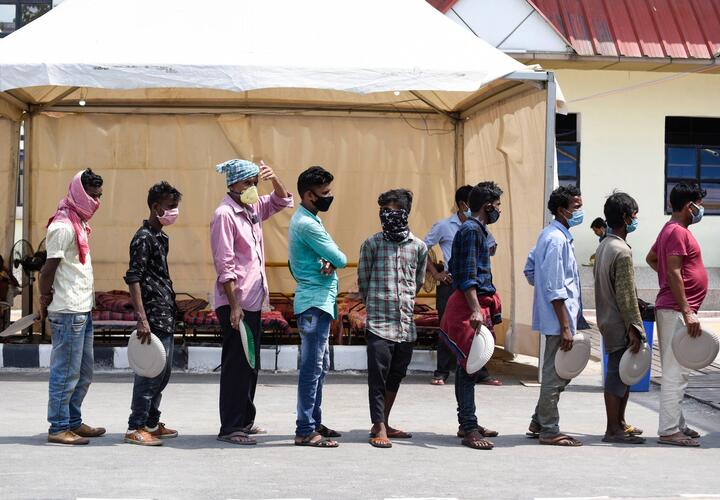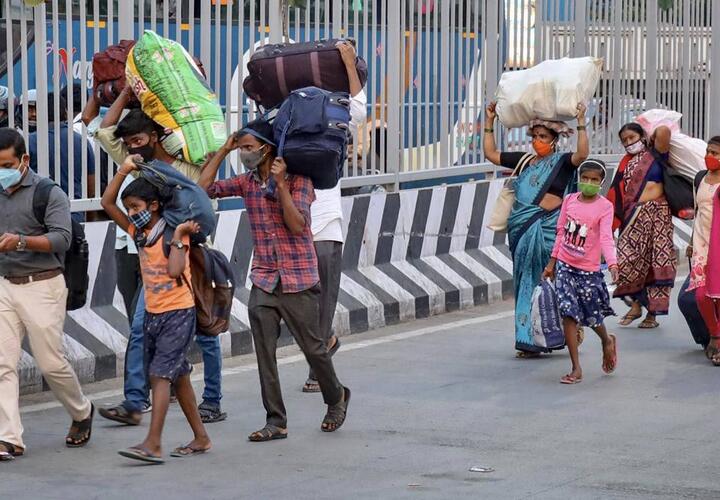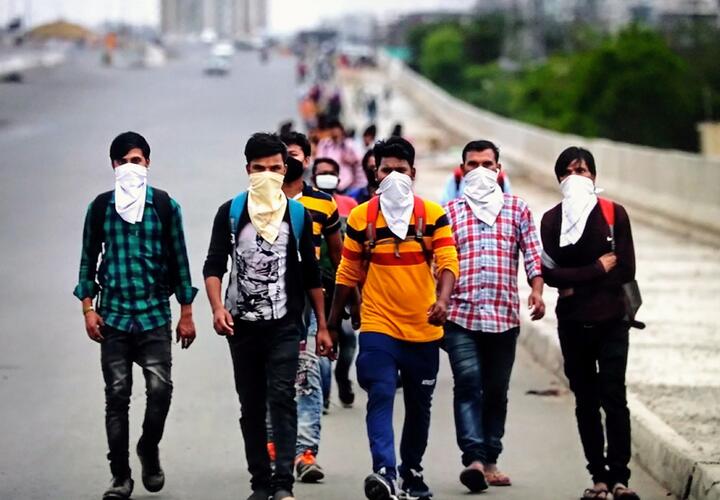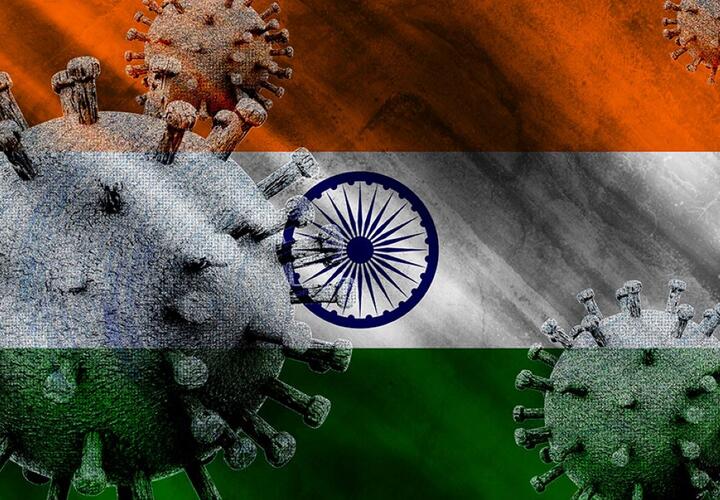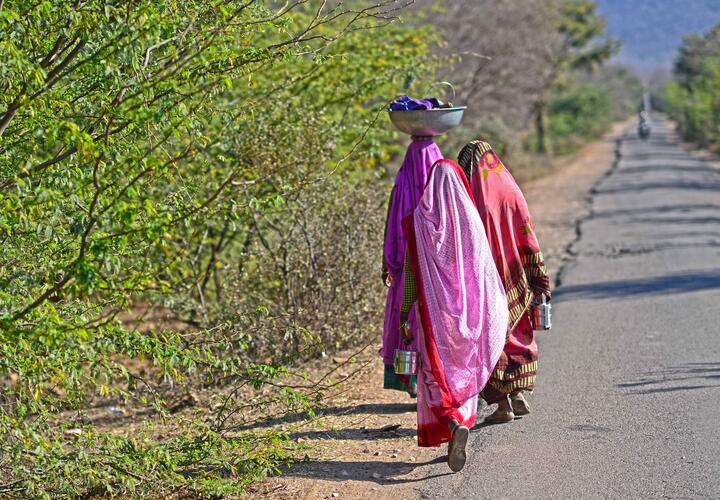Basic page
Mobarak: Covid-19 is pushing migrants back to their home countries … Mobarak: Covid-19 is pushing migrants back to their home countries openDemocracy, January 21, 2021 Read more. … Mobarak: Covid-19 is pushing migrants back to their home …
Relevance: 80.342026
